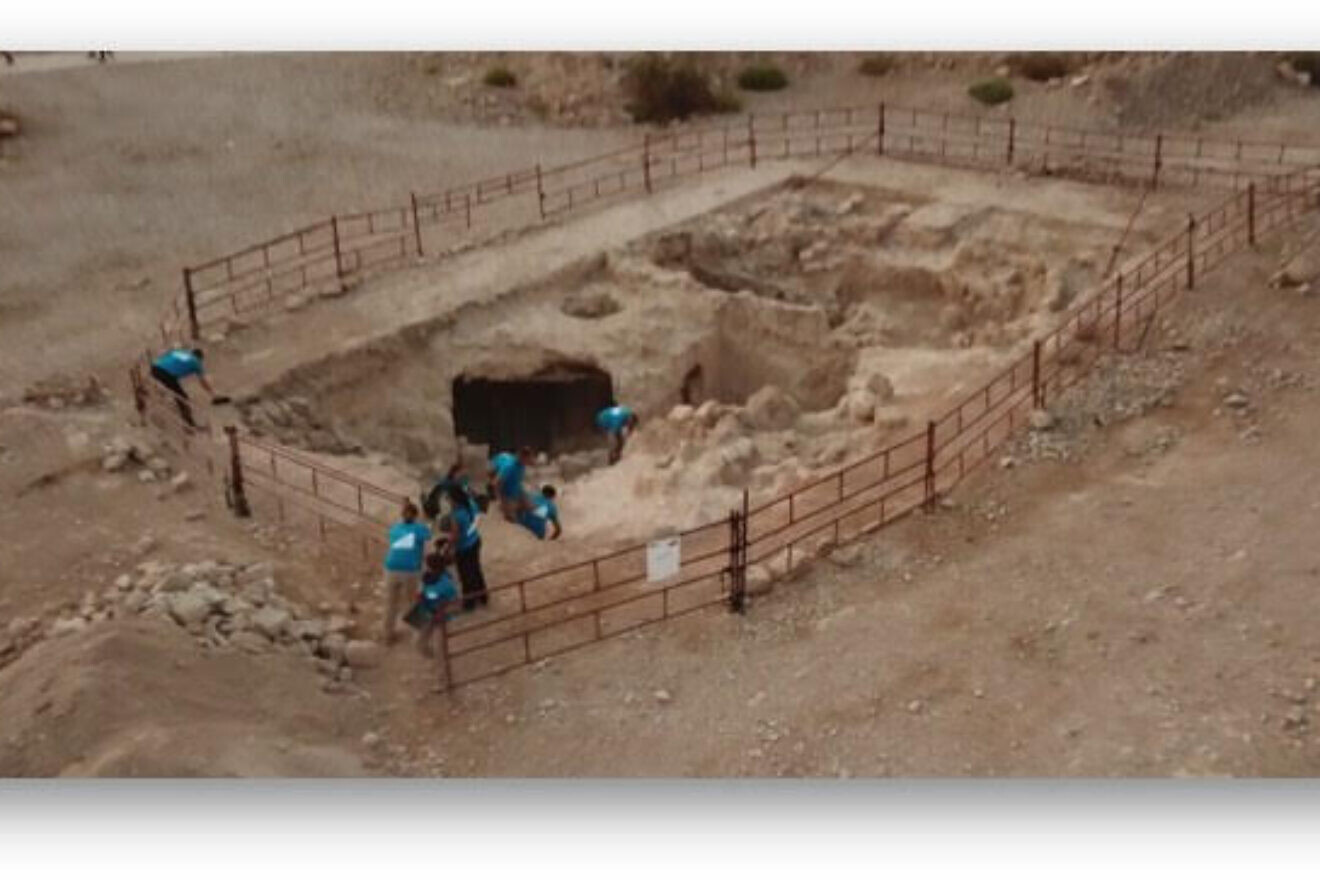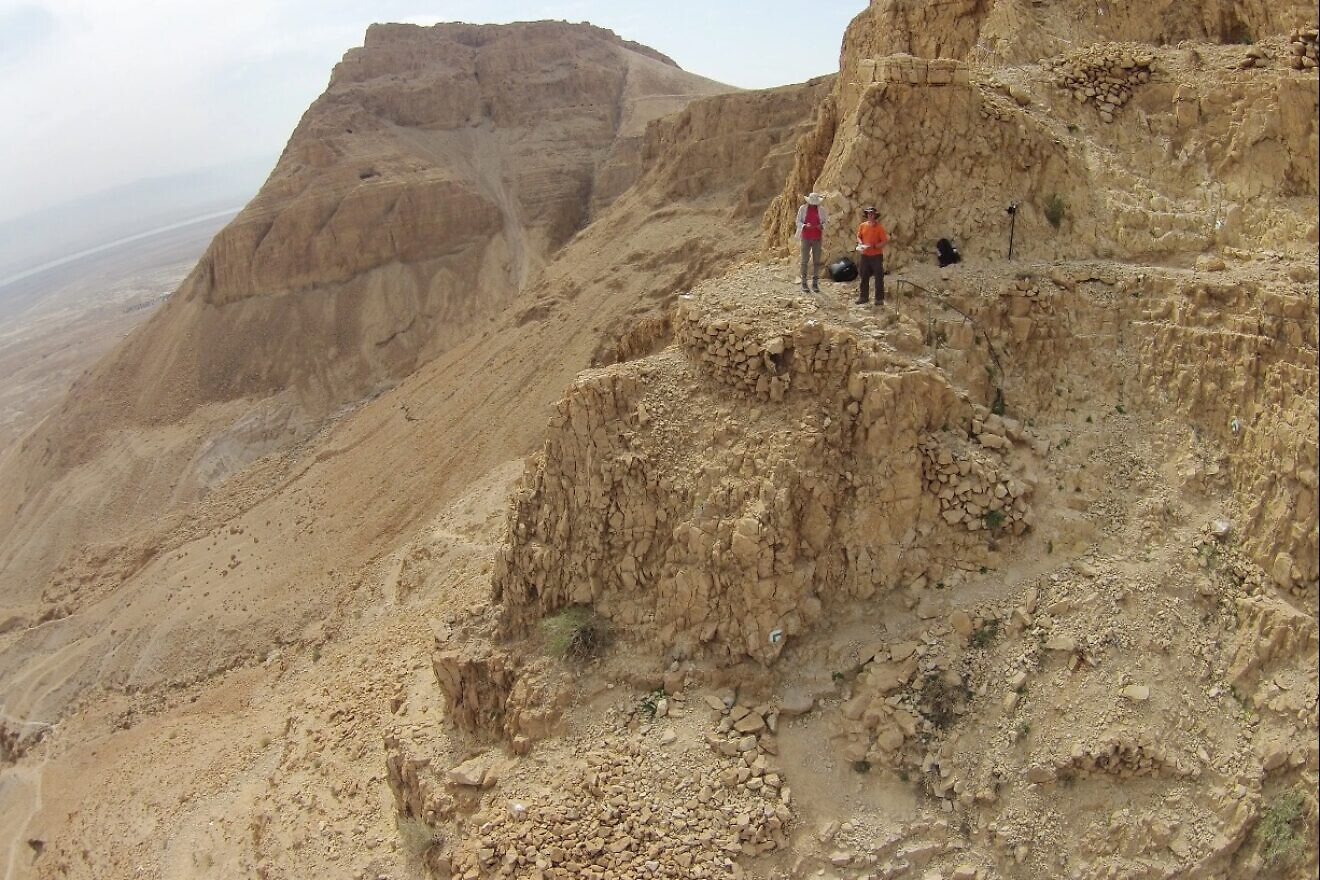The Roman siege of the Judean Desert fortress of Masada two millennium ago took several weeks at most, according to study from Tel Aviv University released on Thursday.
The groundbreaking archaeological survey casts doubt on the long-held belief that the Roman siege of Masada continued for three years.
The team of researchers used a variety of modern technologies, including drones, remote sensing and 3D digital modeling, to generate their analysis of the siege.
“For many years, the prevailing theory that became a modern myth asserted that the Roman siege of Masada was a grueling three-year affair,” noted TAU’s Guy Stiebel. “In recent decades researchers have begun to challenge this notion, for various reasons. In this first-of-its kind study, we examined the issue with modern technologies enabling precise objective measurements.”

The researchers used drones carrying remote sensors that provided precise, high-resolution measurements of the height, width and length of all features of the siege system. This data was used to build an accurate 3D digital model, enabling exact calculation of the structures’ volume and how long it took to build them.
About 6,000-8,000 Roman soldiers participated in the siege of Masada, one of the final events in the First Jewish-Roman War around a hilltop on the eastern edge of the Judean Desert, overlooking the Dead Sea.
“Reliable estimates are available of the quantity of earth and stones a Roman soldier was able to move in one day,” said TAU’s Hai Ashkenazi. “Thus, we were able to objectively calculate how long it took them to build the entire siege system—eight camps and a stone wall surrounding most of the site.”
“We found that construction took only about two weeks. Based on the ancient historical testimony, it is clear that once the assault ramp was completed, the Romans launched a brutal attack, ultimately capturing the fortress within a few weeks at the most. This leads us to the conclusion that the entire siege of Masada lasted no more than several weeks,” Ashkenazi said.
Stiebel said, “The narrative of Masada, the Great Jewish Revolt, the siege, and the tragic end as related by Flavius Josephus, have all become part of Israeli DNA and the Zionist ethos, and are well known around the world. The duration of the siege is a major element in this narrative, suggesting that the glorious Roman army found it very difficult to take the fortress and crush its defenders.
“As empires throughout history have done, the Romans came, saw and conquered, quickly and brutally quelling the uprising in this remote location,” he added. “Our conclusions, however, detract nothing from the importance of this historical event.”
The findings have been published in the Journal of Roman Archaeology.

























